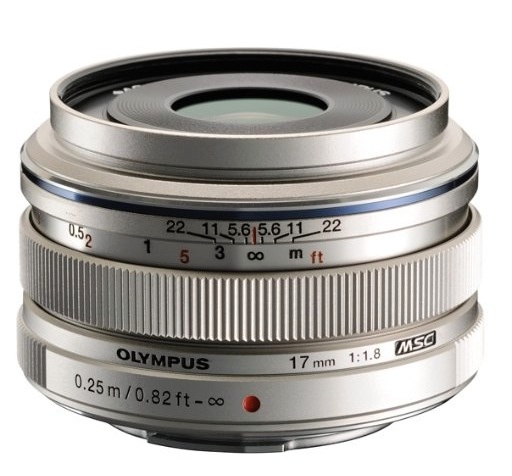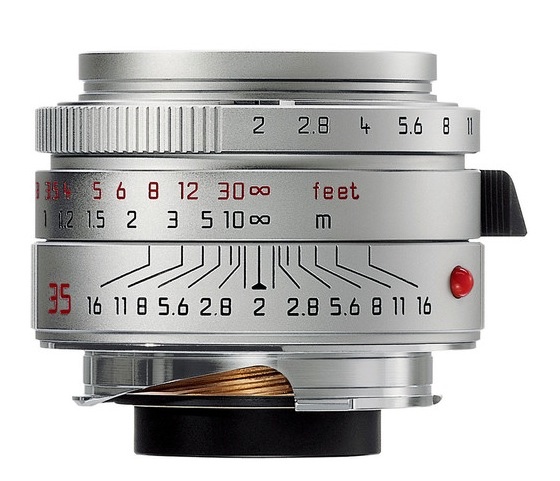A fix for what ails the 20mm Panasonic lens?
You can read my review of the Panasonic GX7 here.
I just ordered a 17mmm f/1.8 Olympus Zuiko AF lens for my Panasonic GX7 body. As the GX7 adds in-body image stabilization and as the Olympus lens is reputed to have very fast and silent autofocus, the combination of the small body and the 35mm (FF equivalent) fast prime lens proved irresistible. I paid $400.

Olympus.
The standard for comparison here is, of course, the 35mm Leica rangefinder optic which graced my Leica M2 and M3 bodies for over three decades. Whether as a modest f/3.5 Summaron, a better f/2.8 Summaron, and even better f/2 8-element Summicron and, finally, the ne plus ultra f/2 Aspherical Summicron, ‘Leica M body’ and ’35mm lens’ simply go together. Until modern AF and digital sensors came along, a Leica rangefinder body and a 35mm MF lens were the street snapper’s ideal. Then prices went stratospheric and now only investment banksters can afford them, for display in their china cabinets along with their trophy wives.

Leica. Note the corrosion
on the brass helix.
The specifications are similar, but the Leica optic uses heavy chromed brass in its construction whereas the Olympus makes do with plastics for the most part, set in a light alloy metal barrel. Both lenses come with engraved DOF scales, both quite useless given that such calibration is meaningful for a specific print or display size only. ‘Retro chic’ is the best (?) you can say of it, disregard it and get down to snapping.
The Leica optic is 1.4″ long as is the Olympus, with diameters coming in at 2.0″ and 2.3″, respectively. But the German lens weighs 12.8 ozs compared with but 4.2 ozs for the Japanese one. The Summicron focuses to 28″ while the Olympus goes down to 10″.
And there are two other factors to consider. The dated, overpriced Leica M body has no AF, and a tired optical finder whereas the GX7 boasts a stabilized body with an excellent EVF and full AF and manual focus modes. Any Panny owner, however inept, with but a few snaps under his belt will beat the Leica investment banker to accurate focus every single time and his success rate will be 100%. Guaranteed. And with the electronic shutter option in the GX7 he can do so in total silence. The Panny operator will also be able to use 2-3 shutter speeds slower owing to the (excellent) Panny IBIS, negating the advantage the Leica’s bankster owner’s claims for his bigger …. errr …. sensor.
Silly me. How could I forget. There’s a third and overriding factor. When it comes to total weight and cost, there’s no comparison. How do $10,200/36.8 ozs versus $1,400/18.4 ozs sound for the camera and body ensemble? No prizes for guessing which is the MFT version.
In Part II I’ll take a look at some ergonomic issues and fixes for this combination. Long time readers will recall the massive disappointment I had with the Panasonic 20mm f/1.7 lens which was incapable of fast focus and made a lot of noise not getting there on time, only to deliver one of the most flare prone images I recall in any lens since my 1959 Kodak Brownie 620. That Panny lens was returned 400 images and one day later to B&H, in disgust. It’s since been updated in Version II with a metal focus collar but, by all accounts, remains every bit as flawed. The only consolation here is that the Olympus optic cannot possibly be worse. (Reminds me why I bought MSFT stock when Ballmer was finally booted out. His successor could not possibly be worse).
Flare – a sneak peek:
The reflected sunlight from the Transamerica building was so intense that it was impossible to look at, but if you can see any flare in the result your eyes are better than mine. OK, there is one pinhead sized flare spot visible in the top left of the building at the right if you look hard, but absolutely no overall veiling of the image. Remarkable.

Panasonic GX7, 17mm f/1.8 Olympus MFT at f/2.8. No filter used.
More on flare – or rather on its absence – later. No, I did not use the silly-priced $60 Olympus lens hood (maybe Leica makes it?) as I do not own it. Cheaper aftermarket versions exist but I will pass in the name of compactness.
Part II is here.